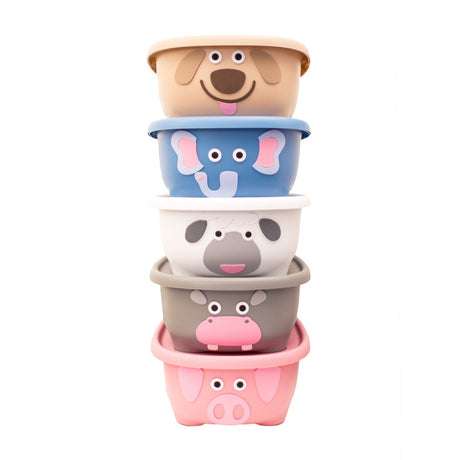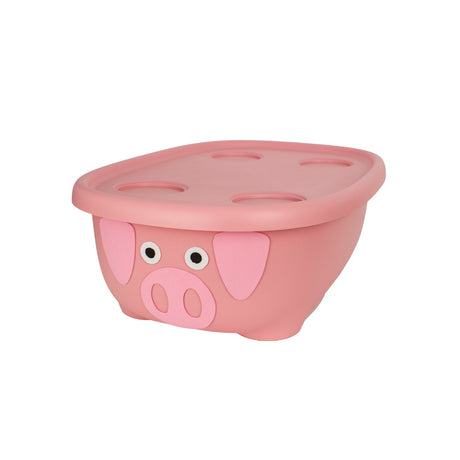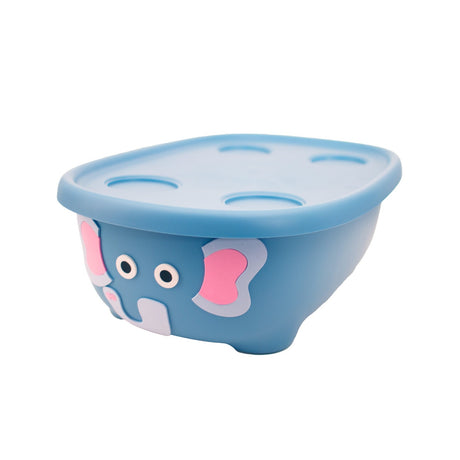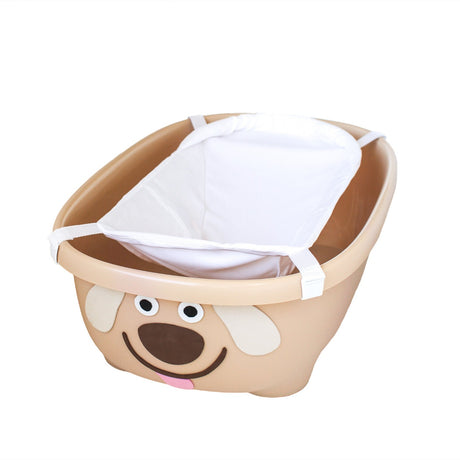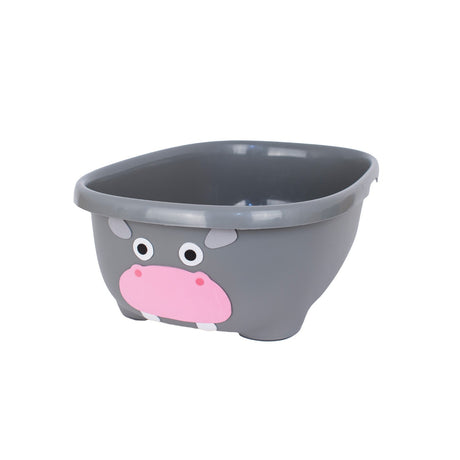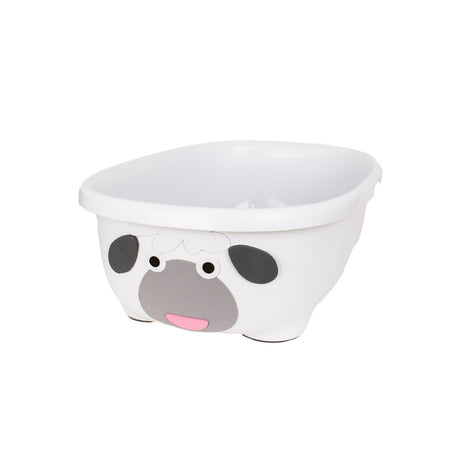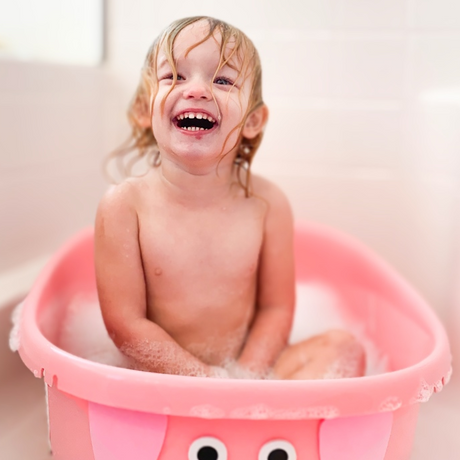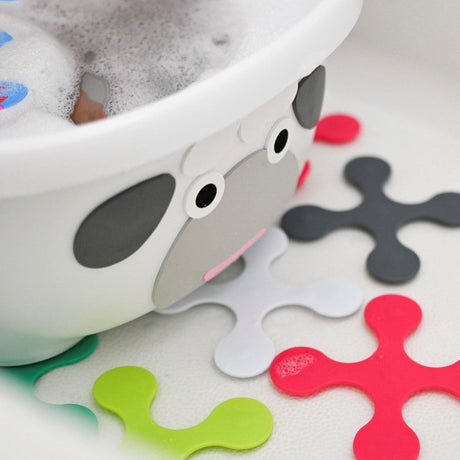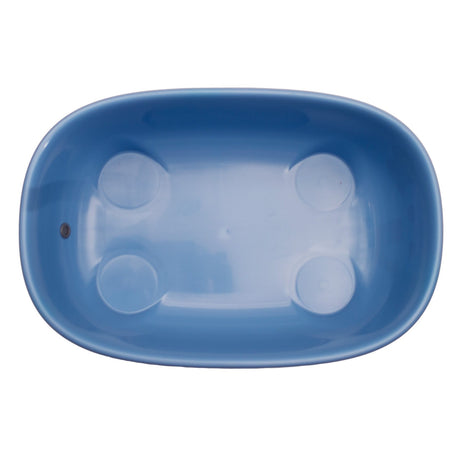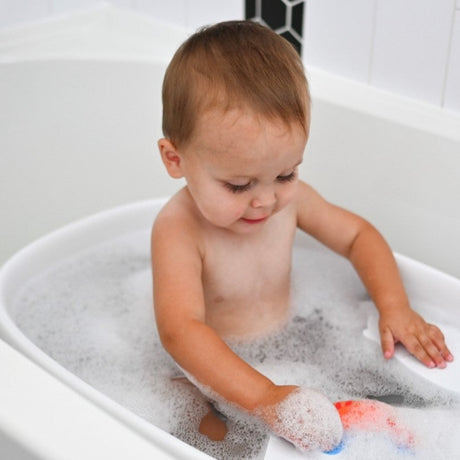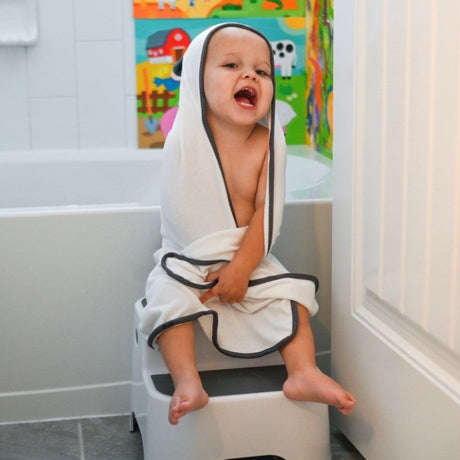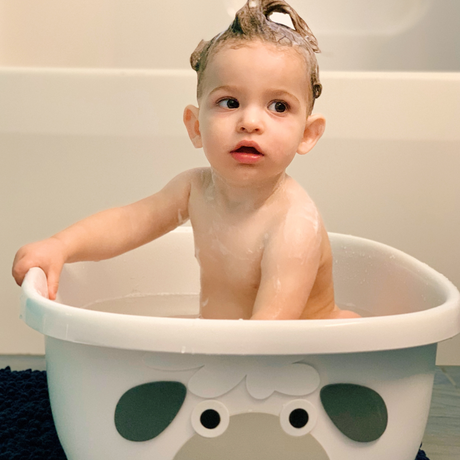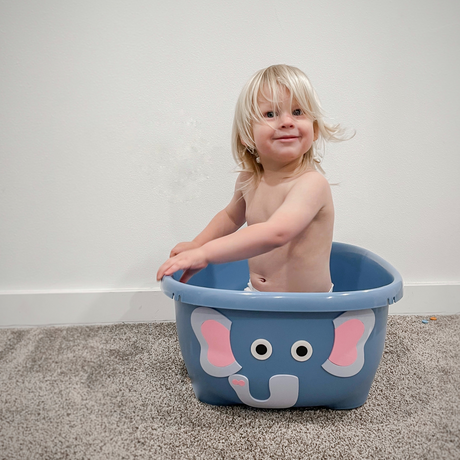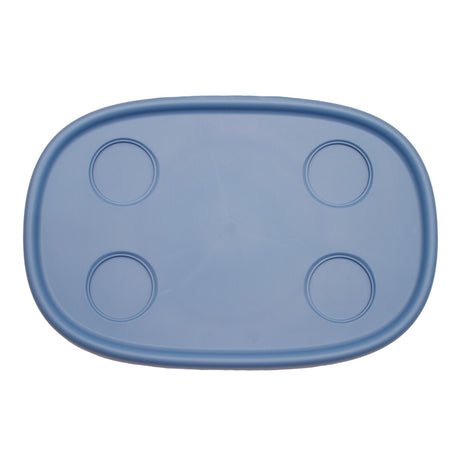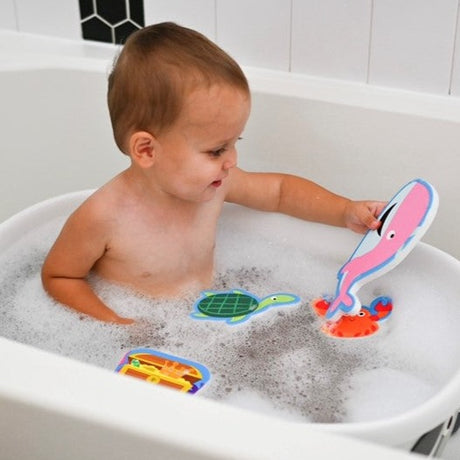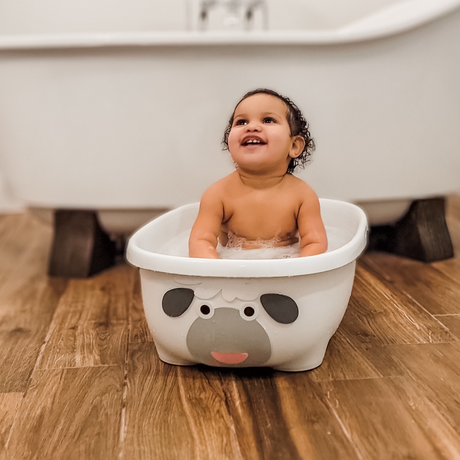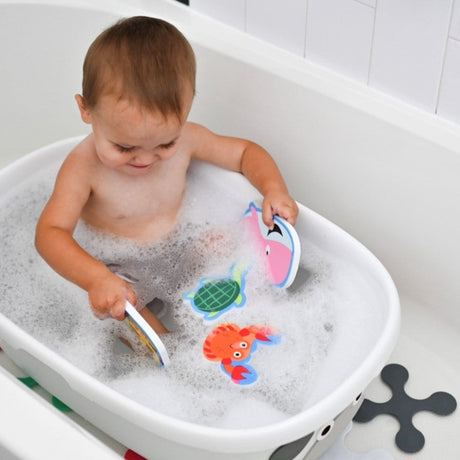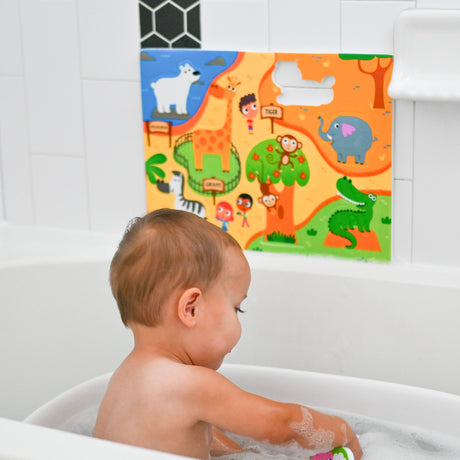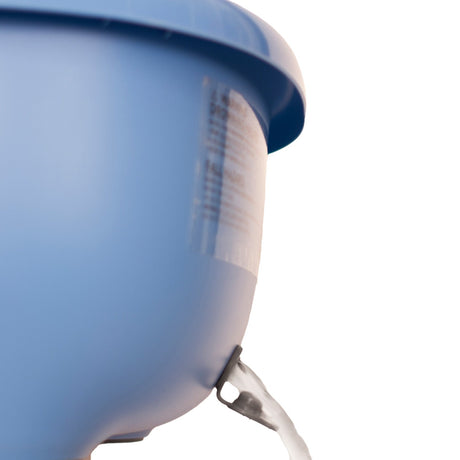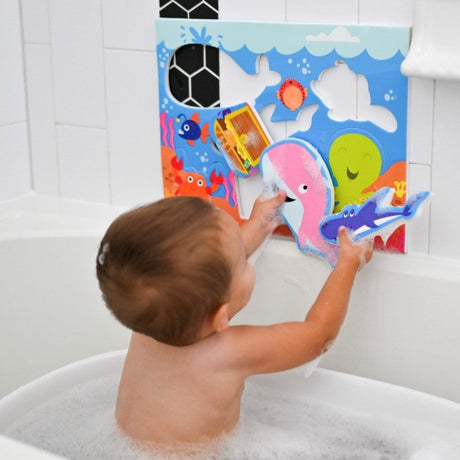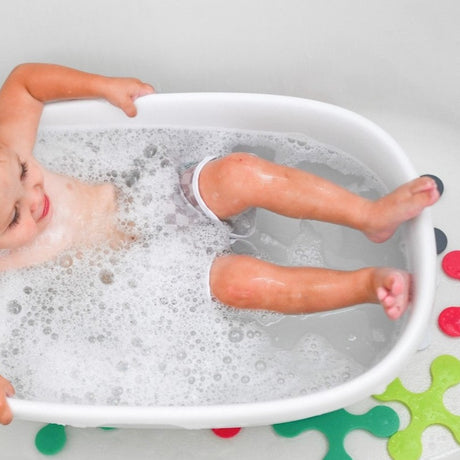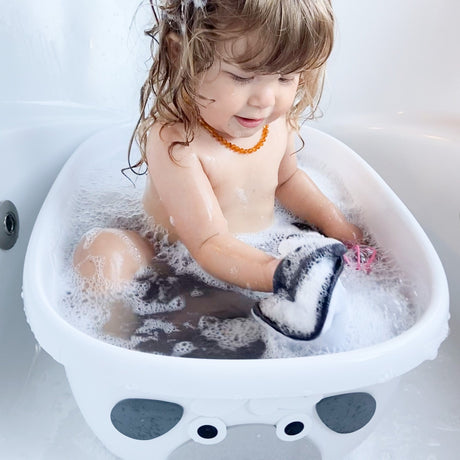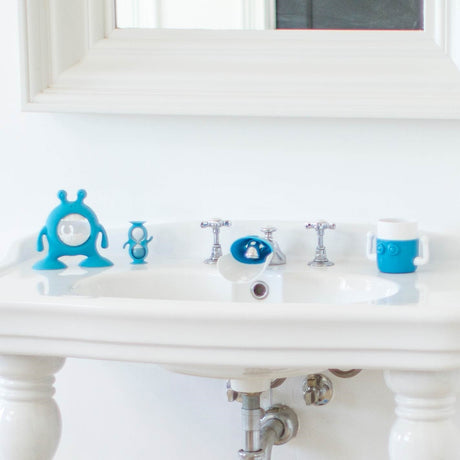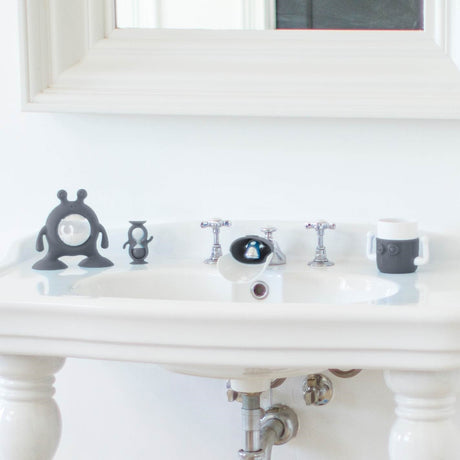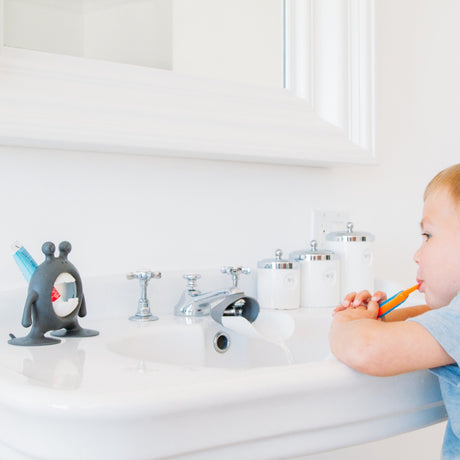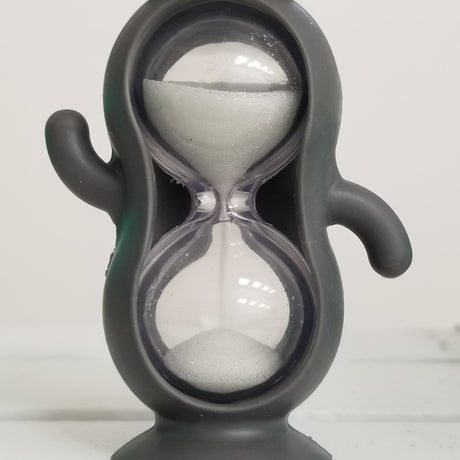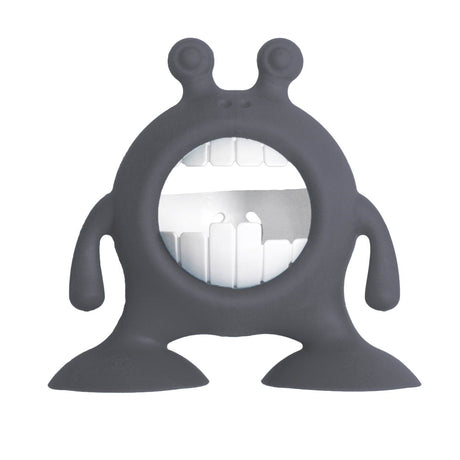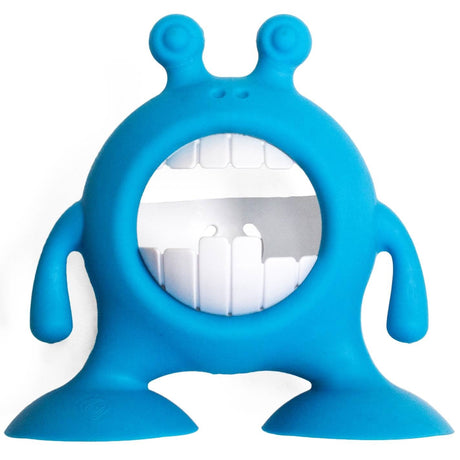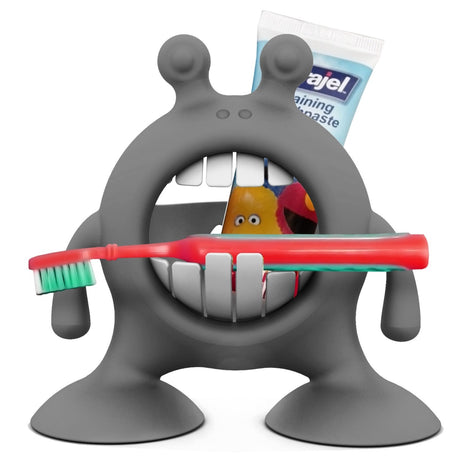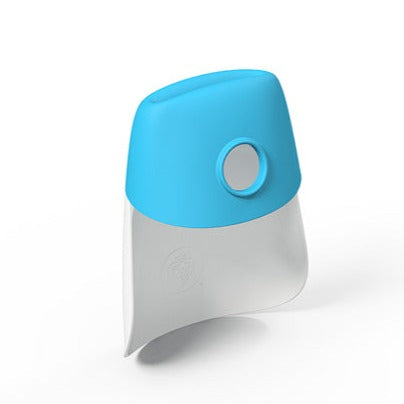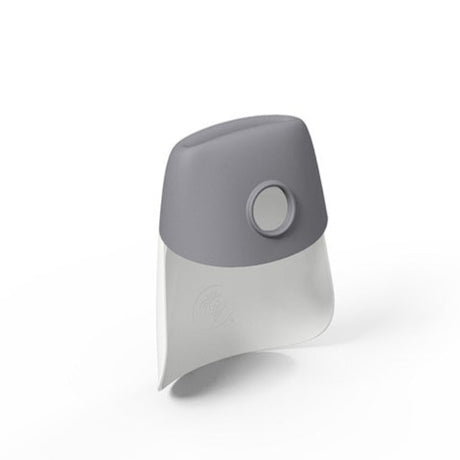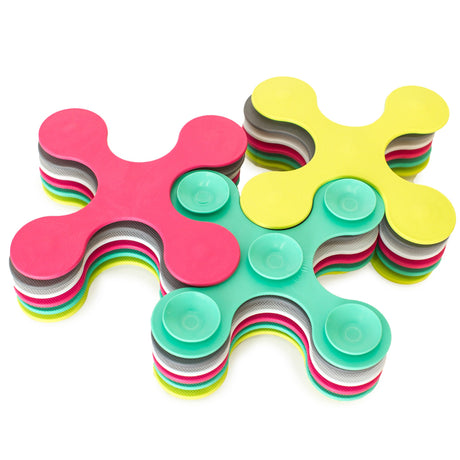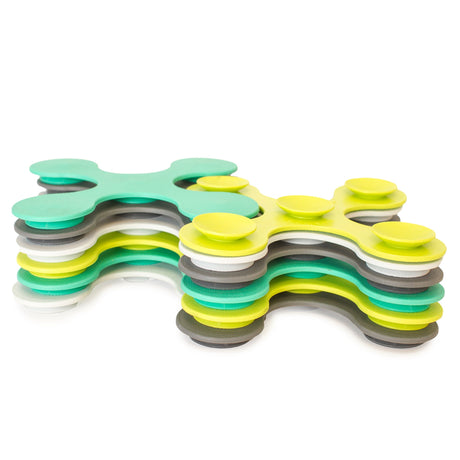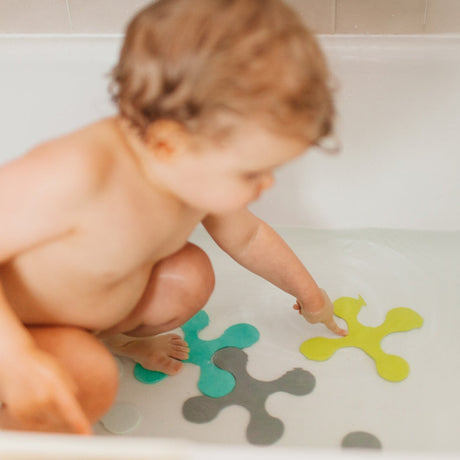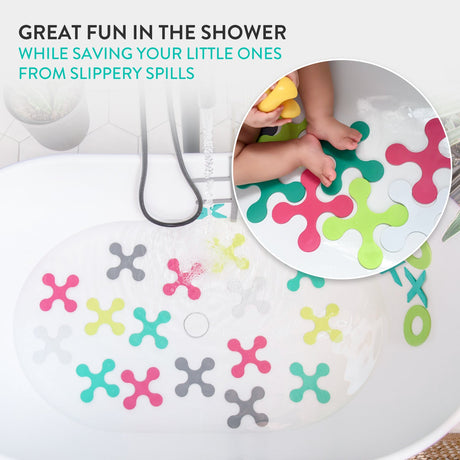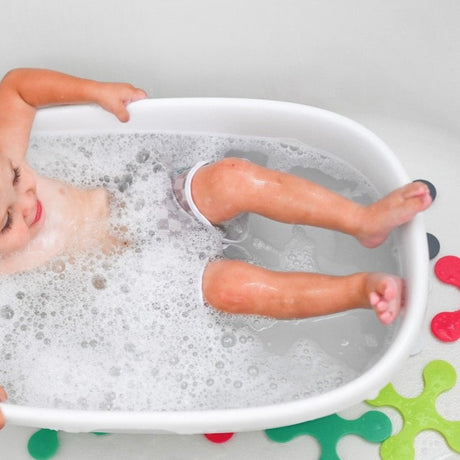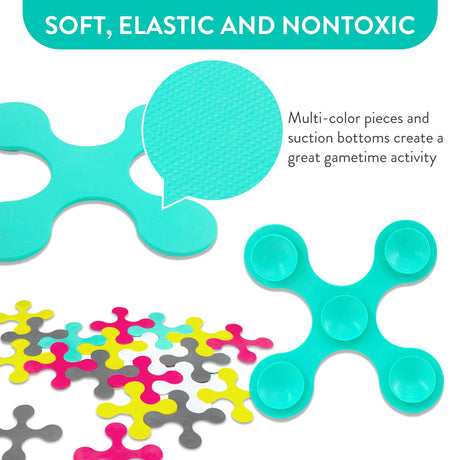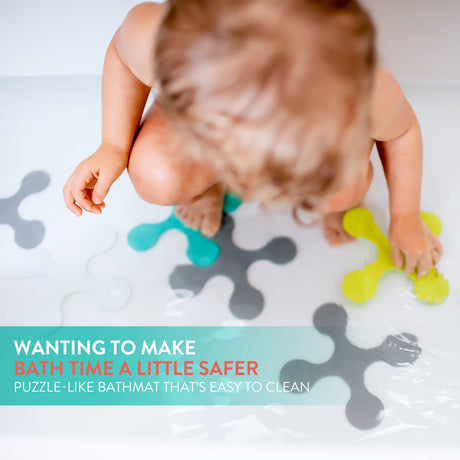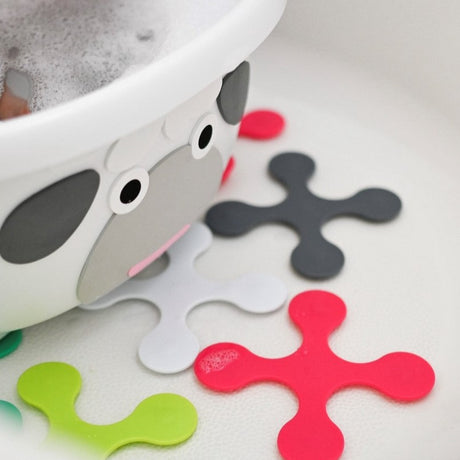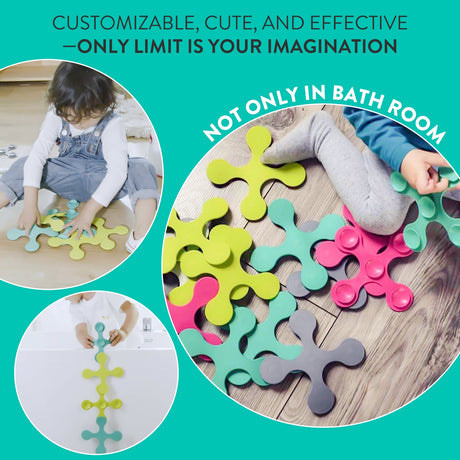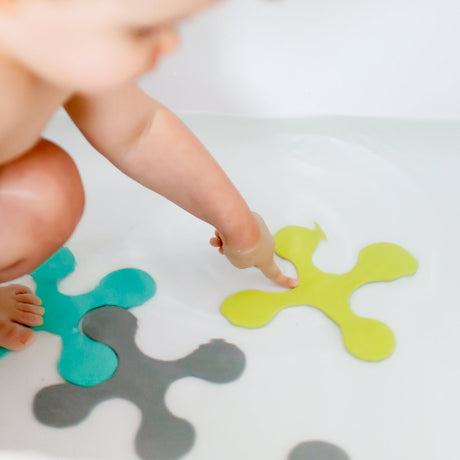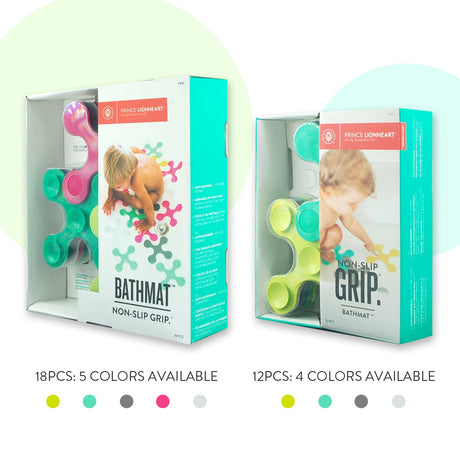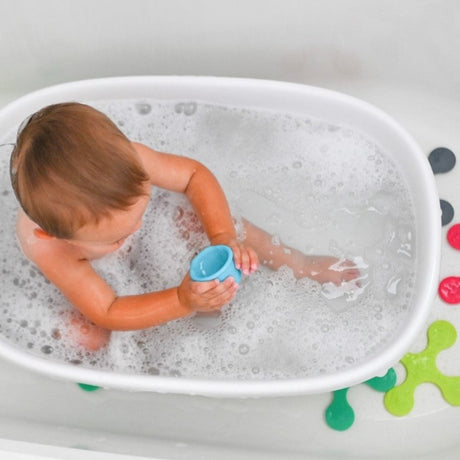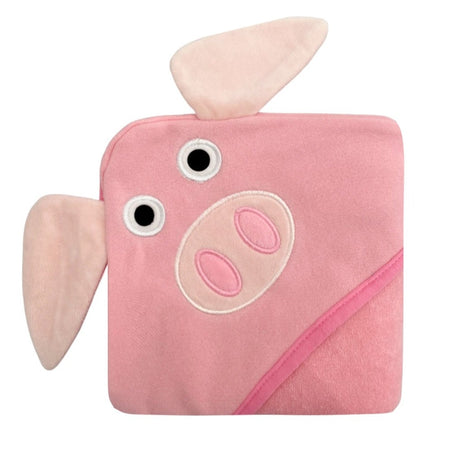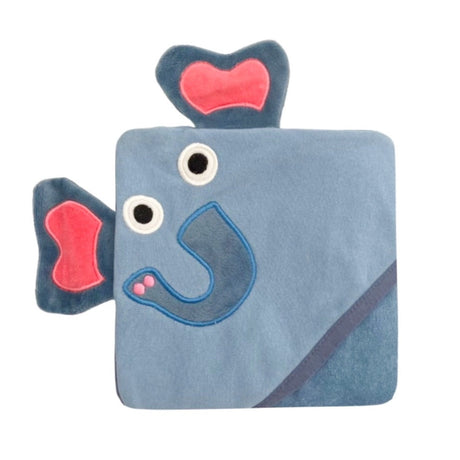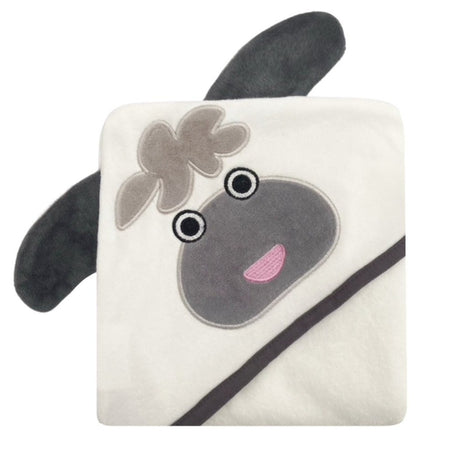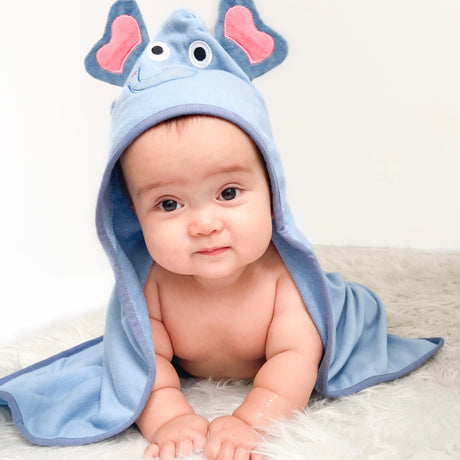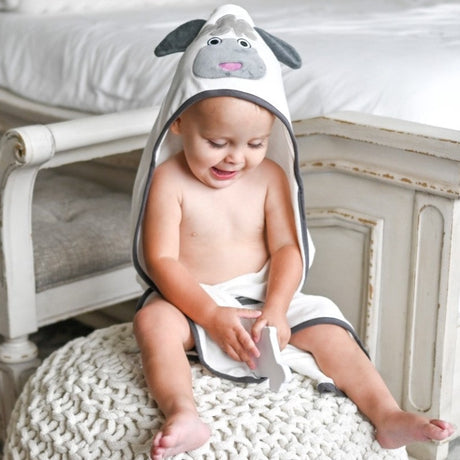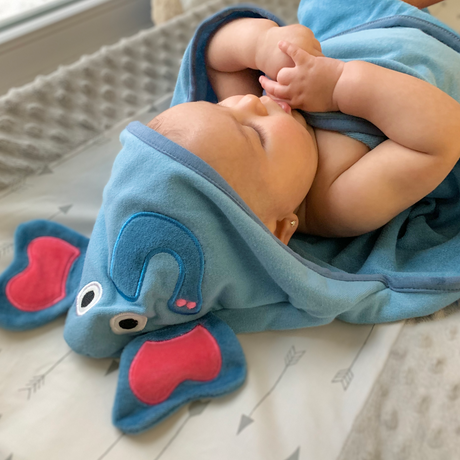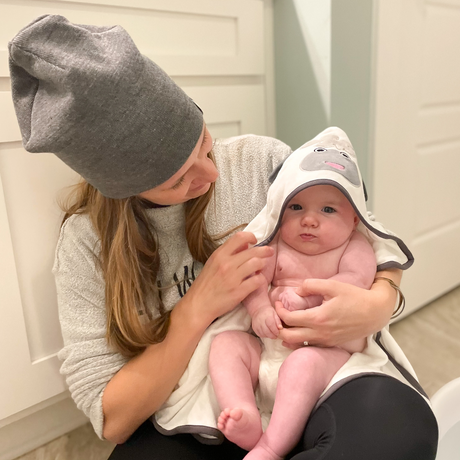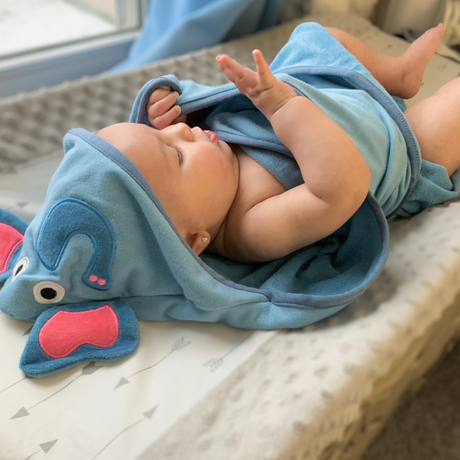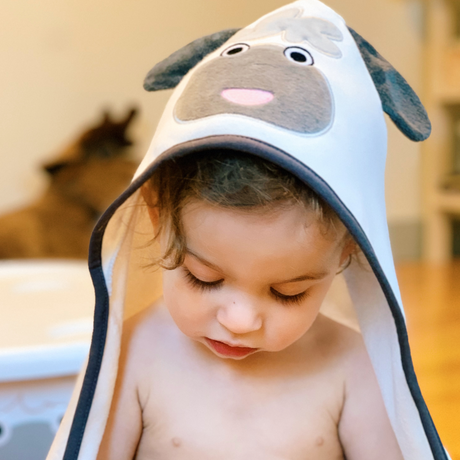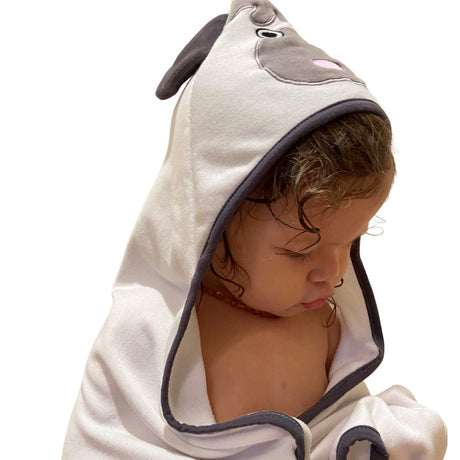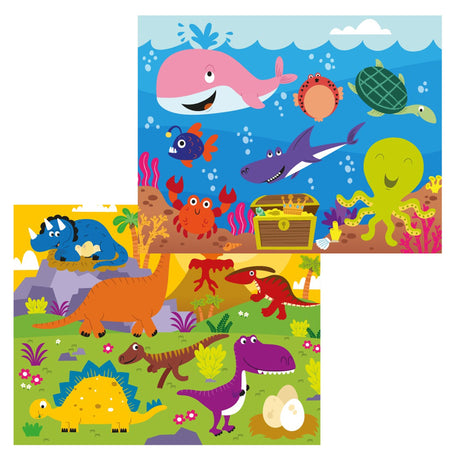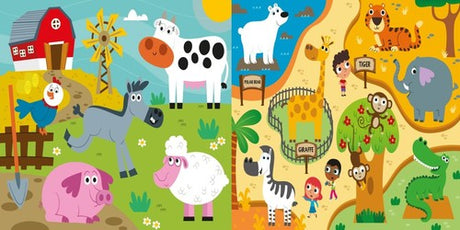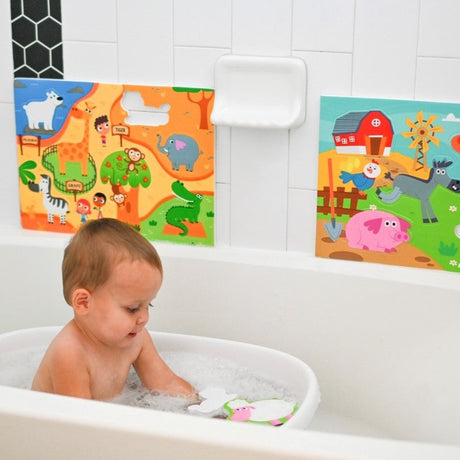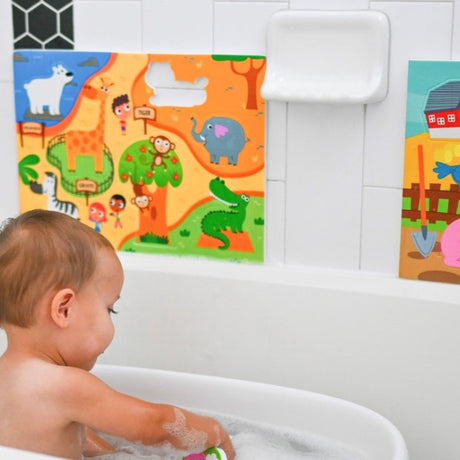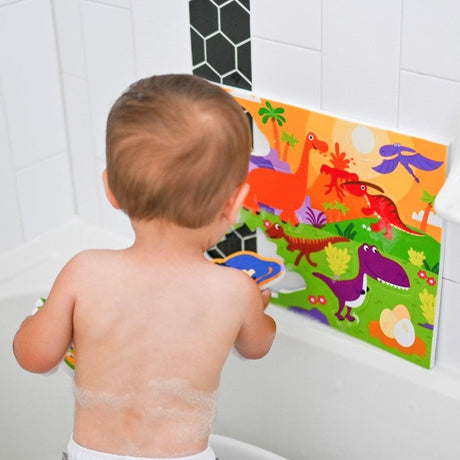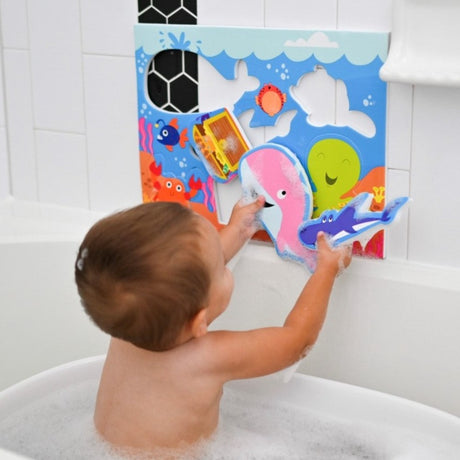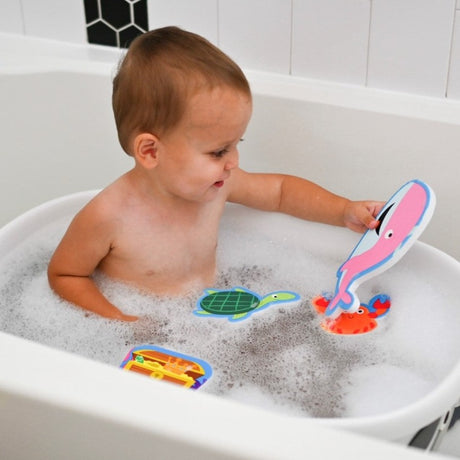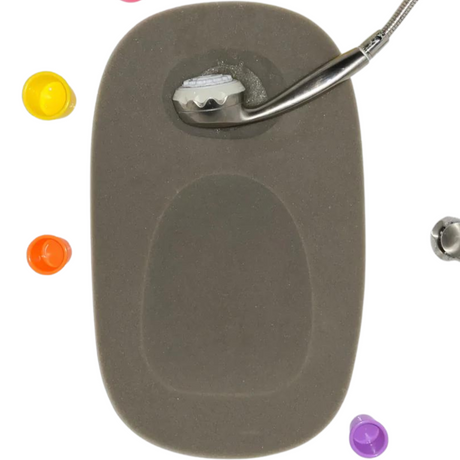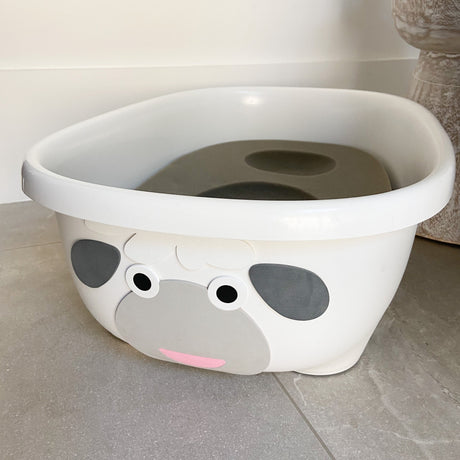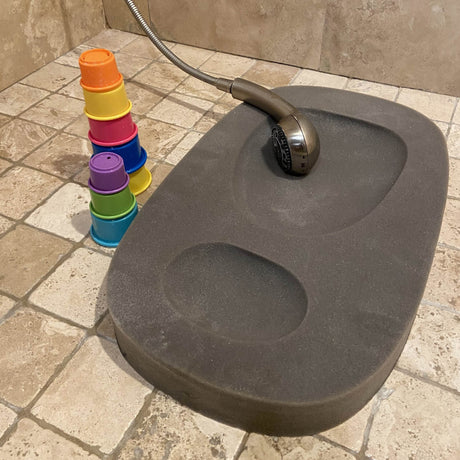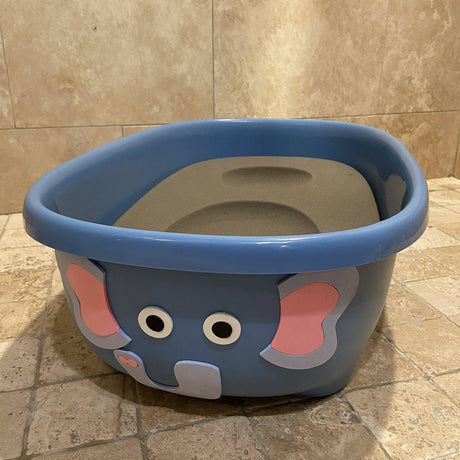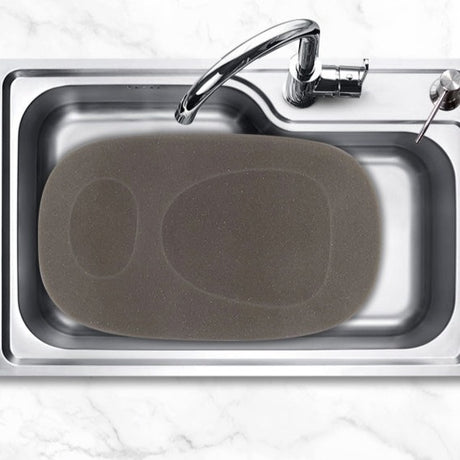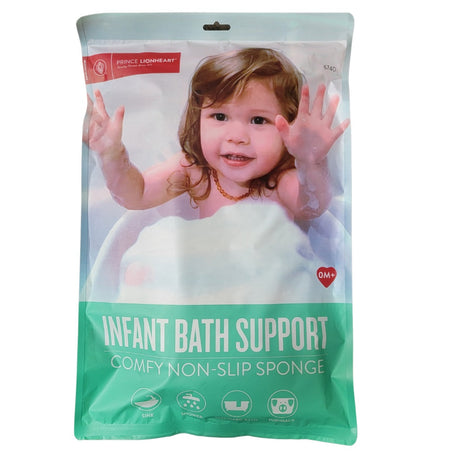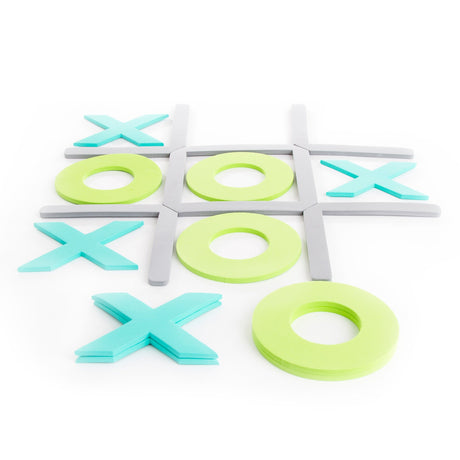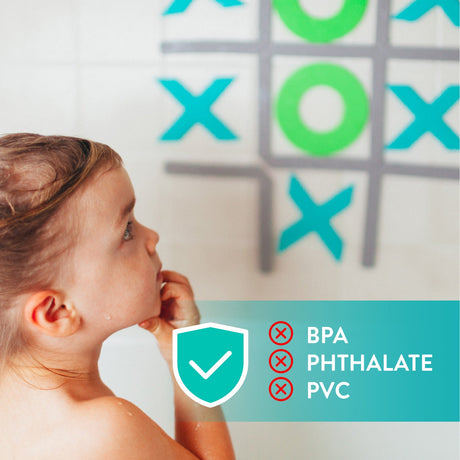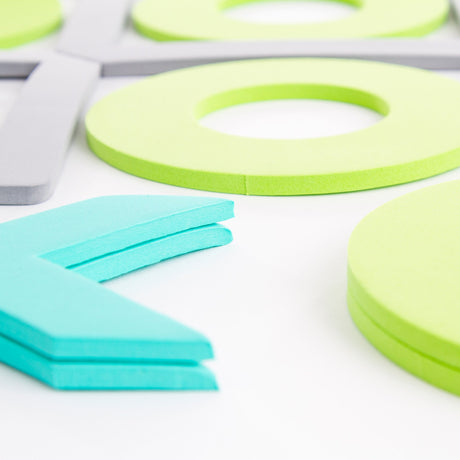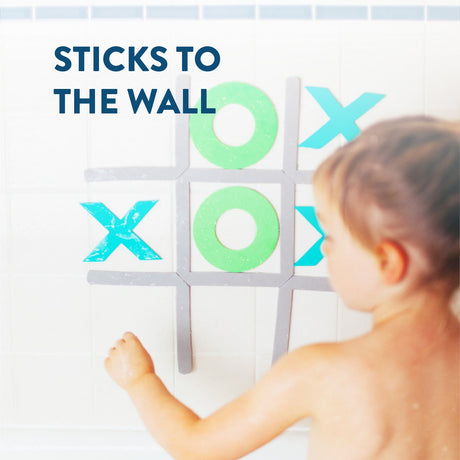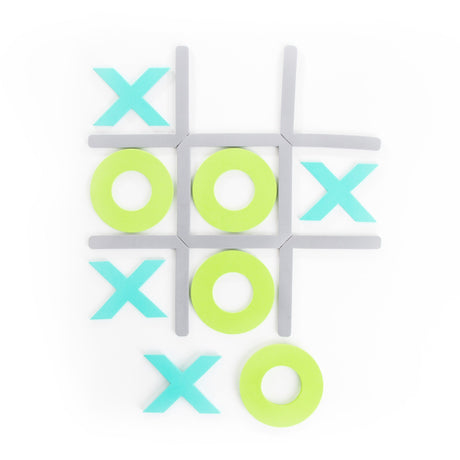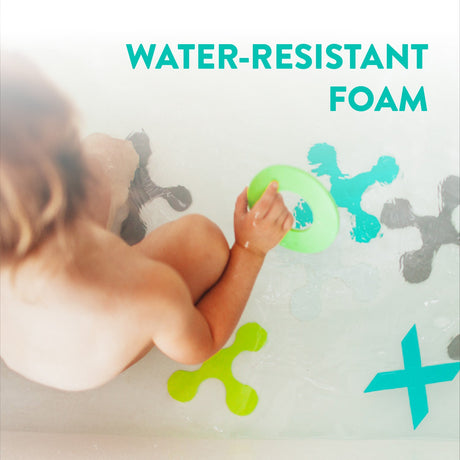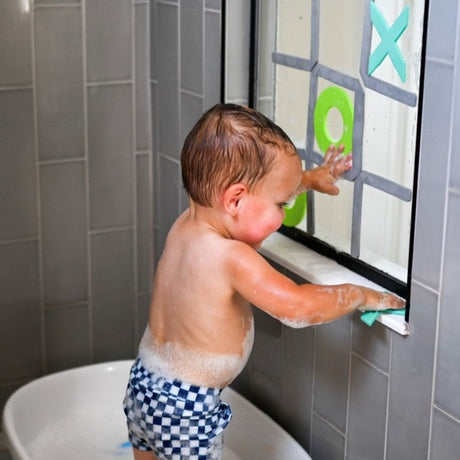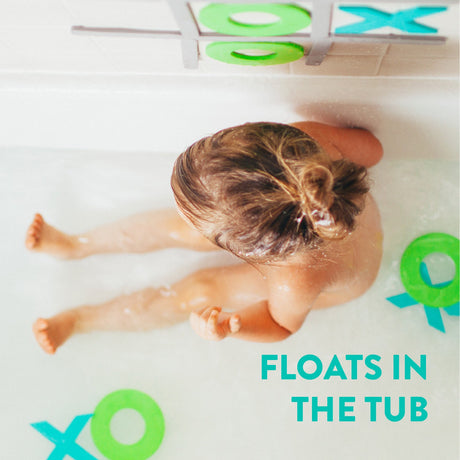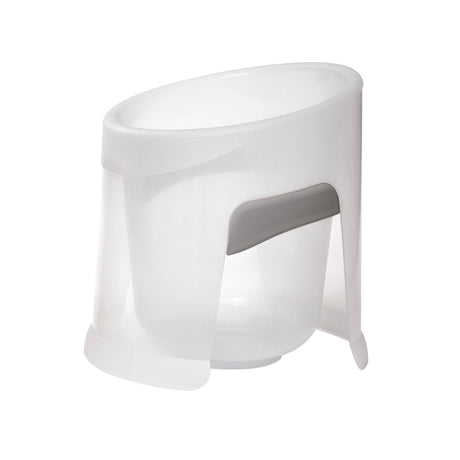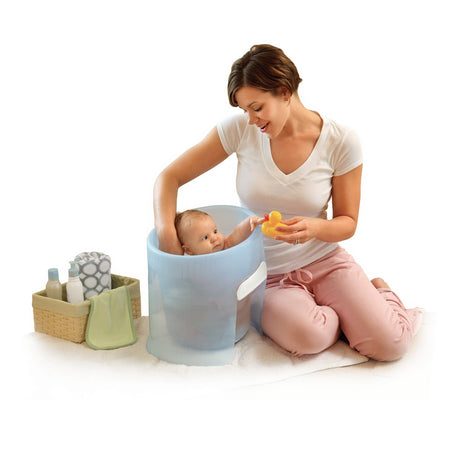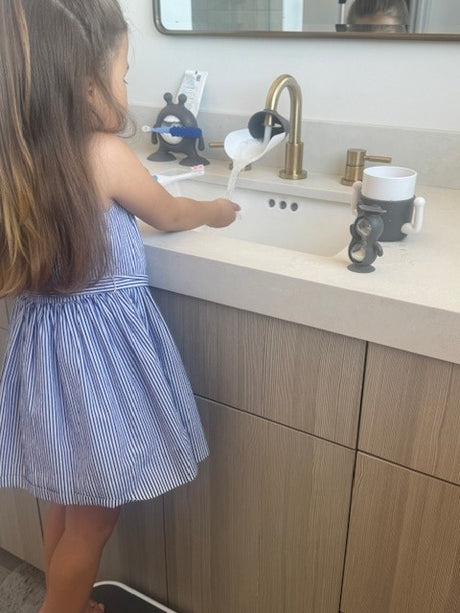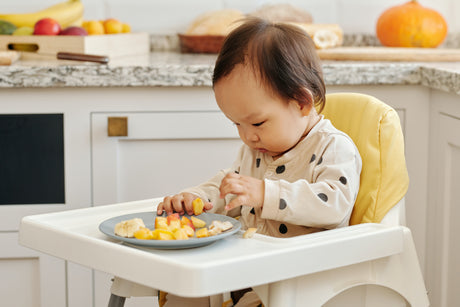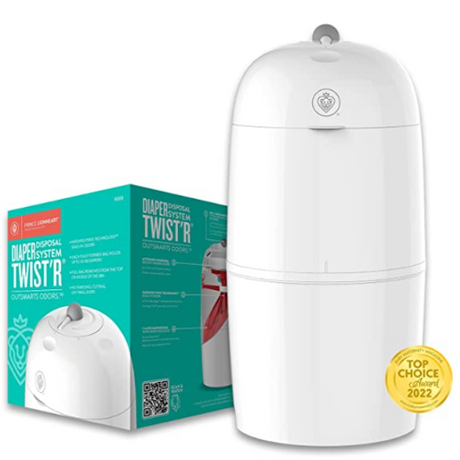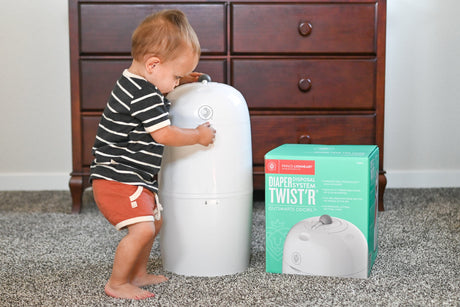Keeping your baby entertained can sometimes feel like a daunting task. But with a little creativity and some simple materials, you can turn everyday moments into exciting playtime adventures. Whether you’re looking for sensory activities or ways to encourage movement and interaction, these playful ideas will engage your little one’s mind and body. Let’s dive into some imaginative play options!
1. Tummy Time Adventure
Transform tummy time into a fun-filled adventure by introducing colorful toys and textured objects. This not only strengthens neck muscles but also stimulates your baby’s curiosity. You can place a mirror in front of them to pique their interest even more. As they try to lift their head to gaze at their reflection, they engage muscles that are crucial for development. Additionally, incorporating gentle music or soft sounds can add an auditory dimension to this activity, making it an enriching experience. This can turn a simple exercise into a multi-sensory adventure. For more structured tummy time activities, you might want to check out some brilliant baby activities that are specially designed for this purpose.
Adding a splash of creativity to tummy time can also help in sensory exploration. Create a mini environment by laying down different textures such as a soft blanket alongside bumpy mats or inflatable water mats filled with floating objects that catch your baby’s eye. As they reach out to explore, they work on their hand-eye coordination and tactile senses. Watching them marvel at new sensations and textures is not just exciting but can also provide insightful hints into their preferences and personality. Remember, tummy time is not just about strengthening but also about discovering the world around them in a safe and engaging way.
2. Sensory Bag Exploration
Create a sensory bag filled with water, glitter, and small toys. Seal it tightly and let your baby explore the different sensations while enhancing their cognitive development. Sensory bags are perfect for boosting their curiosity and providing a magical world of colors and movements at their fingertips. Use various shaped bags to add to the tactile experience, and consider adding aromatic elements like vanilla or lavender inside the sealed bag for a mild scent. As your baby squishes and moves the contents, they will be fascinated by the way the elements within interact. These bags can help fine-tune motor skills while keeping playtime mess-free and portable.
3. Musical Pots and Pans
Introduce your little one to the world of music by giving them some pots and pans and a wooden spoon. Watch them create their own rhythm while having loads of fun! This activity not only encourages auditory development but also fine-tunes their motor skills. As your baby bangs the utensils, they start understanding cause and effect — each hit creates a different sound. You can join in by creating simple beats or rhythms to encourage mimicry and develop a sense of rhythm in your child. This type of play fosters an appreciation for music and creativity, turning your kitchen into a delightful symphony.
4. DIY Baby Gym
Create a simple baby gym using a sturdy rod and hang colorful toys or ribbons for your baby to reach and play with, promoting hand-eye coordination. A DIY baby gym can provide endless entertainment while also nurturing your baby’s developing motor skills. As they reach and bat at the objects, they learn to judge distances and improve their grasping abilities. Hang different types of toys, varying in texture, color, and weight, to maintain their interest and promote sensory exploration. To make this gym more dynamic, occasionally swap out toys and ribbons to keep the experience fresh and stimulating, encouraging continual exploration and discovery.
5. Peek-a-Boo with Scarves
Use lightweight scarves for a game of peek-a-boo. Drape the scarf over your head and slowly reveal your face. This classic game never fails to amuse and captivates with its simplicity. It offers babies a comforting sense of predictability while they experience the thrill of surprise. Peek-a-boo is more than just a game; it helps babies understand object permanence—the concept that objects still exist even when they can’t be seen. By regularly engaging in this activity, you can support cognitive development while sharing a joyful laugh. Experiment with colorful scarves to enhance visual stimulation and engage their sight with patterns and movements.
6. Mirror Play Time
Let your baby sit in front of a large, secure mirror. They’ll be fascinated by their reflection and will enjoy making faces and recognizing themselves. Mirror play is a simple yet powerful tool for encouraging self-awareness and emotional development. As your baby gazes into the mirror, they may start interacting with what they initially perceive as another playmate, gradually realizing that they are looking at themselves. This activity promotes social engagement, as they mimic smiles and expressions, and helps develop their visual tracking. Encourage this interaction by playing together in the mirror, exchanging faces, and fostering a bond through shared gestures.
7. Texture Crawl Path
Set up a path with different textured materials like bubble wrap and soft blankets for your baby to crawl over. This encourages movement and sensory exploration. Crawling over various surfaces helps your baby become more aware of their body and enhances their sensory development. As they touch and feel different textures, they begin to distinguish between surfaces—a crucial skill as they explore the world. Create paths that challenge their motor skills slightly, such as gentle inclines, to stimulate physical exercise alongside tactile learning. Mixing up the path elements regularly can keep exploration exciting. This adventure can easily be extended by including other baby-safe sensory items.
8. Foam Block Building
Introduce foam blocks for stacking and tumbling. These soft blocks are perfect for tiny hands and help develop fine motor skills and coordination. As they play, babies begin to understand concepts of balance and the spatial relationship between objects. Stacking blocks might seem simple, but it involves problem-solving and strategic thinking, building a foundation for later cognitive skills. Keep a close eye on your little one’s creations—they might surprise you with their imaginative structures. By engaging them in playful challenges, like building the tallest tower or creating colorful patterns, you are encouraging creativity and logical thinking in a fun and captivating way.
9. Fabric Pulling Fun
Fill an empty tissue box with colorful fabric pieces. Let your baby pull them out one by one, promoting dexterity and problem-solving skills. This simple game is fantastic for hand-eye coordination and provides a satisfying experience of cause and effect. The vibrant colors attract attention and allow babies to differentiate between shades, enhancing visual development. For a stronger challenge, tie the fabrics together to create a continuous strand, inviting your baby to keep pulling and exploring. By engaging their curious minds in detailing patterns and unraveling the mystery, they learn perseverance and develop a sense of achievement with each fabric they unveil.
10. Outdoor Nature Discovery
On a nice day, take your baby outside for a taste of nature. Let them touch grass, feel the wind, and listen to birds, creating a sensory-rich experience. Nature offers a wonderful classroom filled with colors, sounds, and textures that are vital for sensory growth. Encourage exploration by introducing new elements like leaves or pebbles while monitoring their interaction to ensure safety. Discuss what you see and interact with, helping build language skills and create memorable experiences. You might be surprised at how something as simple as a shadow can fascinate your baby and spark their imagination beyond structured play.
11. Soft Ball Roll and Catch
Use a soft ball to play a gentle game of rolling back and forth with your baby. This simple activity promotes both motor skills and a laugh-filled bonding time. Even when they are young, babies love to engage in activities that connect them with others. By rolling a ball back and forth, you create a form of interaction that they perceive as playful communication. This game enhances their hand-eye coordination and response time while being enjoyable for both of you. Gradually, you’ll notice their excitement grow as they anticipate the ball’s return. This kind of play lays the groundwork for understanding cooperation and turn-taking.
12. Storybook Time with Interactions
Choose storybooks with flaps and textures. Let your baby explore each page, enhancing their sensory and cognitive skills while you share the joy of reading. Reading with your baby is not only about the words but engaging multiple senses through the book’s design. As they lift flaps and touch materials, they participate in storytelling on a personal level. This practice encourages attention to detail and concentration skills while nurturing a love for stories. Integrating expressive reading with fun, interactive elements makes the experience lively and inviting. Their eagerness to turn pages and discover new surprises supports their cognitive development and fosters a lifelong relationship with books.

